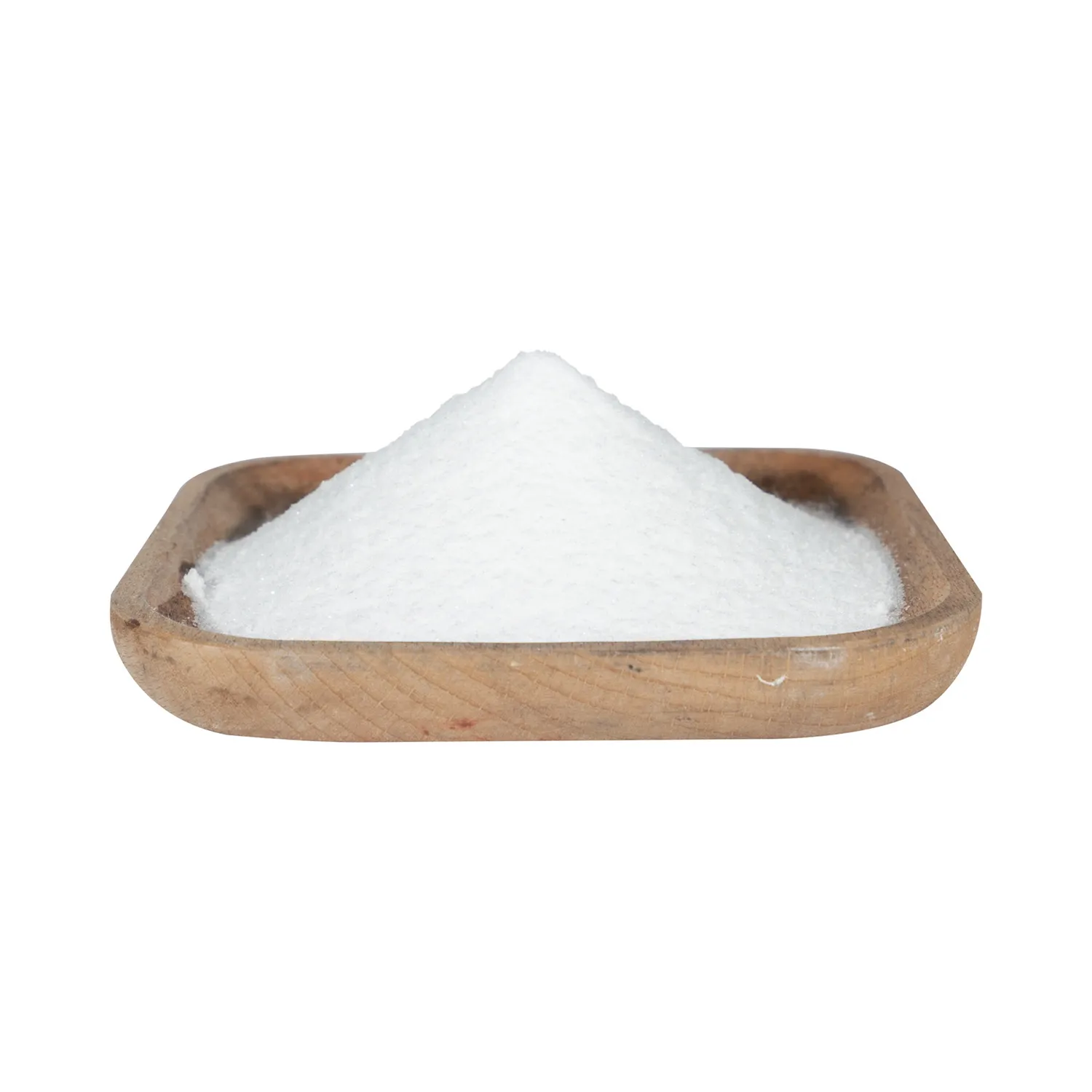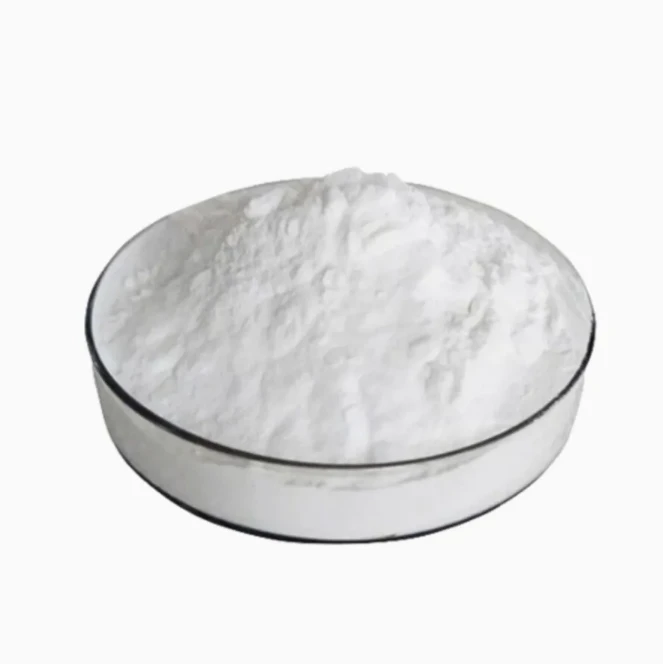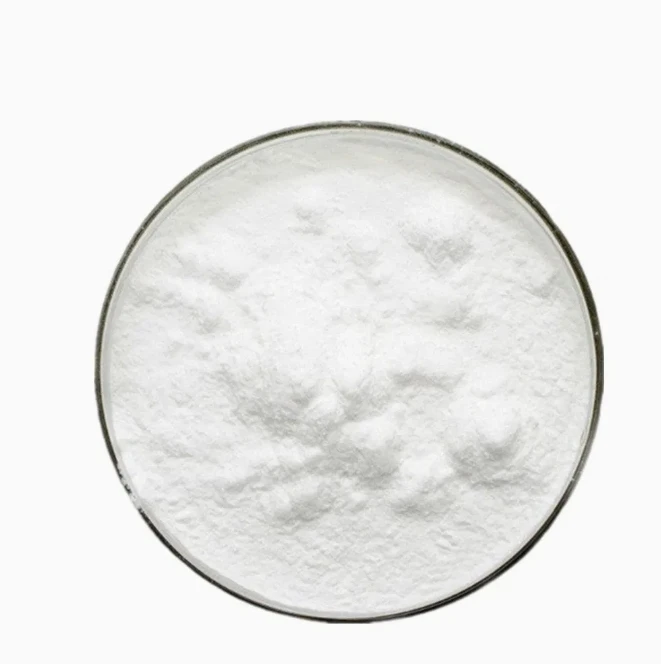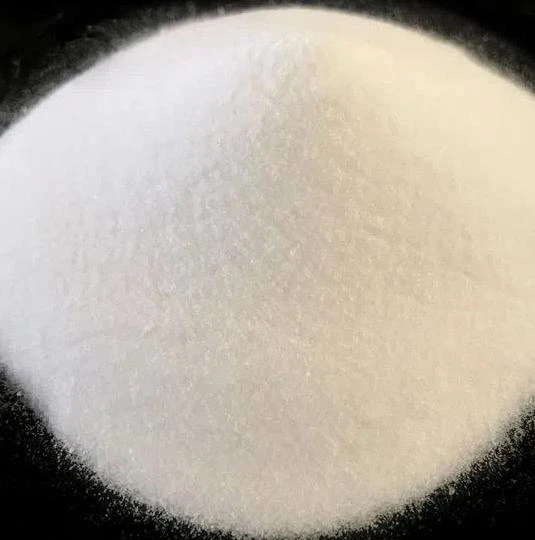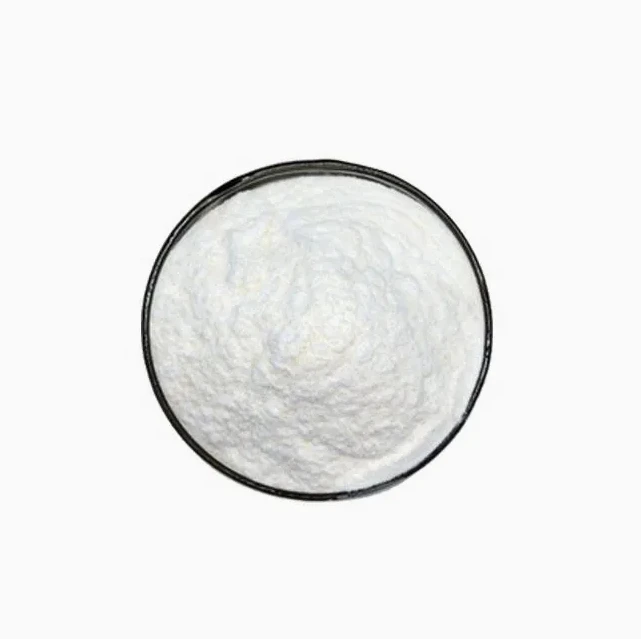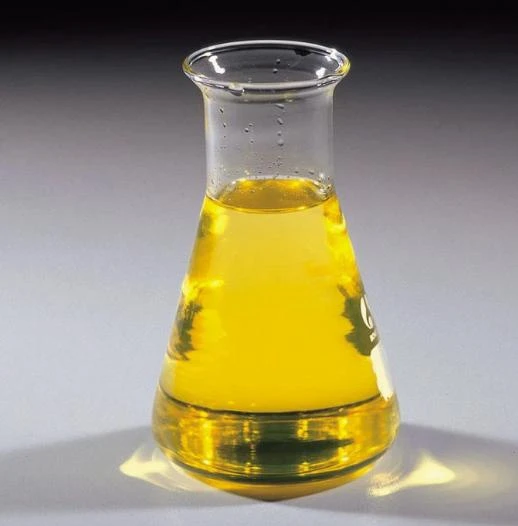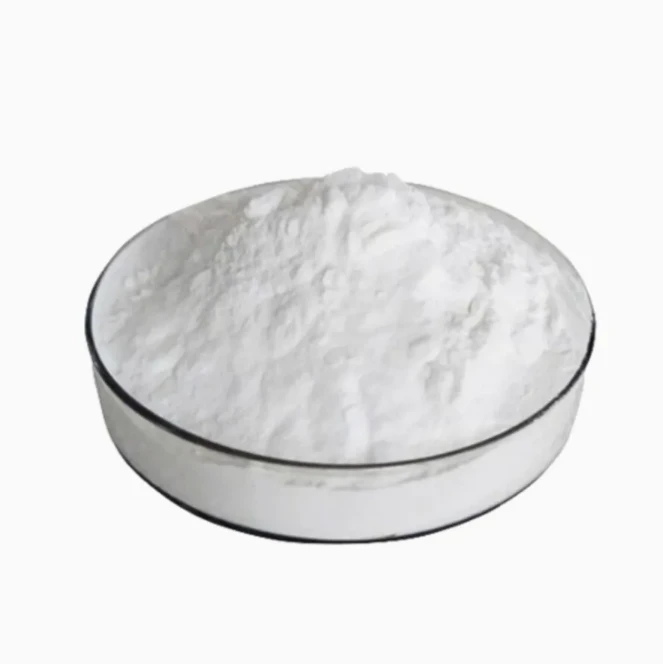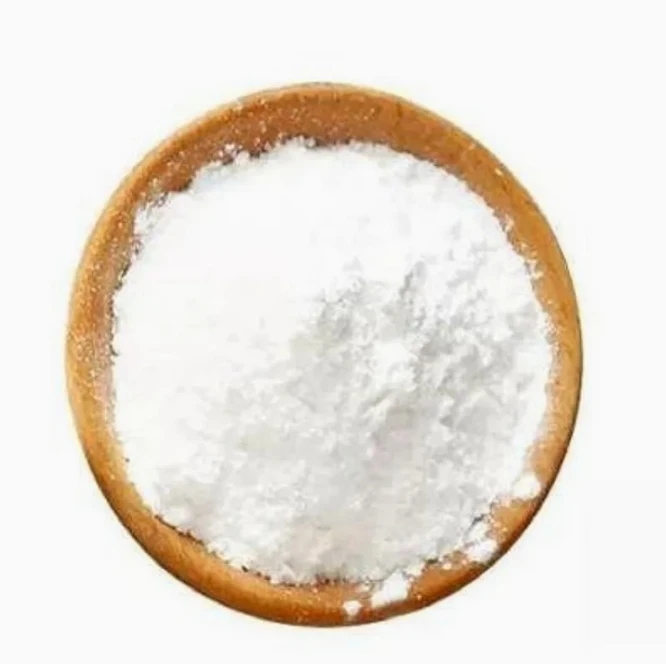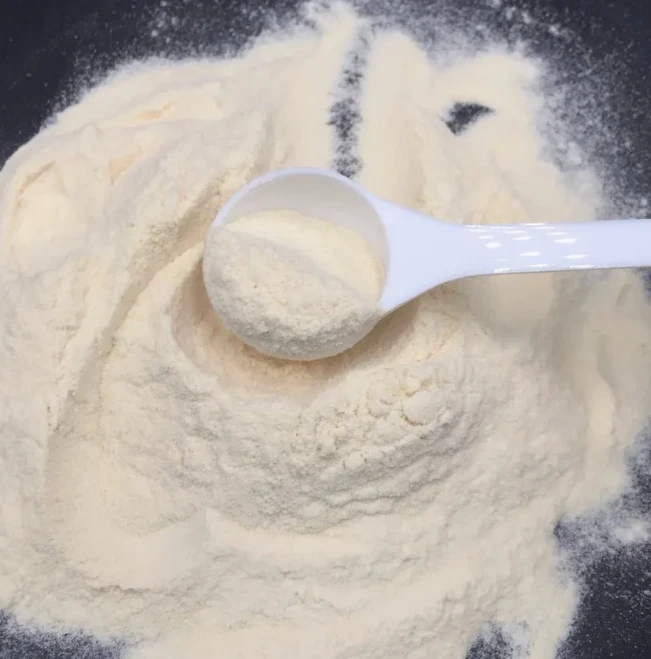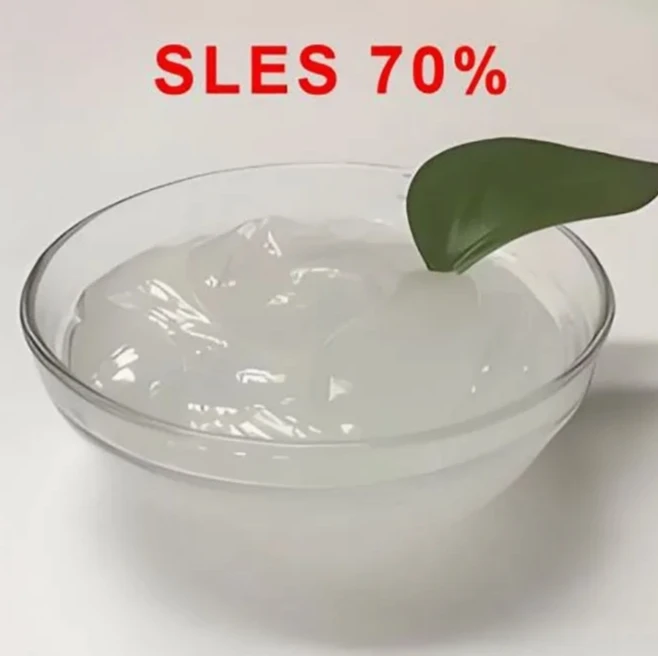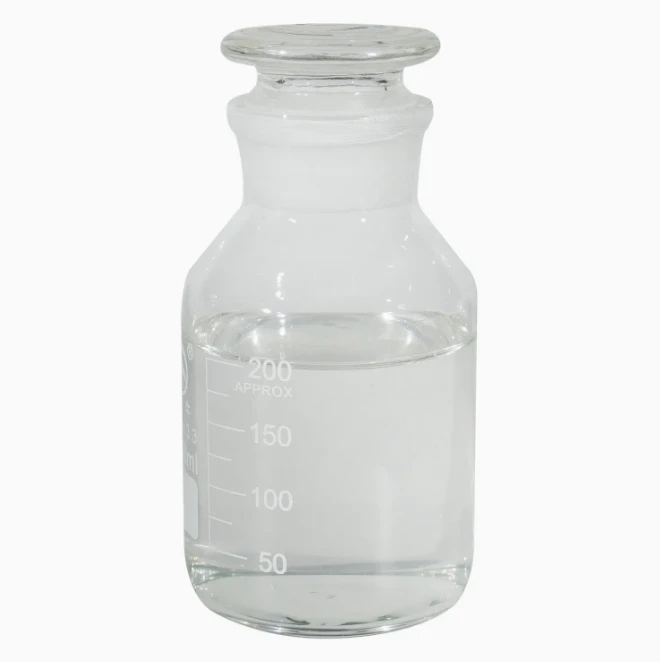 Īmēra: sale@hebeidisha.com
Īmēra: sale@hebeidisha.com
 Waea: +86 13315186550
Waea: +86 13315186550
- Awherika
- Albanian
- Amharic
- Arapi
- Arameni
- Azerbaijani
- Basque
- Belarusian
- Bengali
- Bosniana
- Bulgarian
- Katarana
- Cebuano
- Haina
- Haina (Taiwan)
- Korihika
- Koroatiana
- Czech
- Teniana
- Tatimana
- Ingarihi
- Esperanto
- Estonian
- Finnish
- Wīwī
- Frisian
- Kariri
- Georgian
- Tiamana
- Kariki
- Gujarati
- Haiti Creole
- hausa
- hawaii
- Hiperu
- Kao
- Miao
- Hungarian
- Tiorangi
- igbo
- Initonia
- Irish
- Itari
- Hapanihi
- Hawaana
- Kannada
- Kazakh
- Khmer
- Rwandan
- Koreana
- Kurdish
- Kyrgyz
- TB
- Latina
- Latvian
- Lithuanian
- Luxembourgish
- Makeronia
- Malgashi
- Malay
- Malayalam
- Marite
- Maori
- Mareti
- Mongolian
- Myanmar
- Nepali
- Norewai
- Norewai
- Occitan
- Pashto
- Pahia
- Porohia
- Potiti
- Punjabi
- Romanian
- Ruhia
- Hamoa
- Scottish Gaelic
- Serbian
- Ingarihi
- Shona
- Sindhi
- Sinhala
- Slovak
- Slovenian
- Somali
- Paniora
- Hatana
- Swahili
- Huitene
- Tagalog
- Tajik
- Tamil
- Tatara
- Telugu
- Thai
- Turkish
- Turkmen
- Iukereiniana
- Urdu
- Uighur
- Uzbek
- Vietnamese
- Welsh
- Awhina
- Yiddish
- Yoruba
- Zulu
Sodium Deoxycholate
Sodium deoxycholate is a bile acid formed bybacterial action from cholate. It is usually conjugatedwith glycine or taurine. Deoxycholic acid acts as adetergent to solubilize fats for intestinal absorption, isreabsorbed itself, and is used as a choleretic anddetergent.


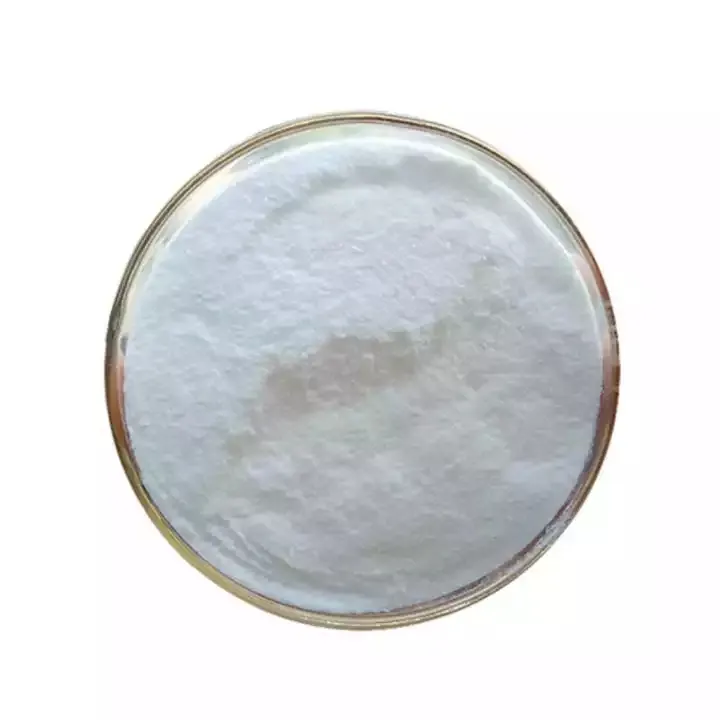

1.Historically sodium deoxycholate was used as an intermediate for the production of corticosteroids, which have anti-inflammatory indications.
2. It is used in the preparation and formulation of certain microbiological diagnostic media.
An emerging use of sodium deoxycholate acid is as a biological detergent to lyse cells and solubilise cellular and membrane components.
• Popular anionic, bile-acid detergent for many laboratory uses
• Effective in disrupting and dissociating many types of protein interaction
• Can be removed from solution by dialysis
• Useful for elution or regeneration of certain kinds of affinity columns
• High-purity compound with low UV absorptivity
He maha nga wheketere kounga teitei me te mahi tahi, ka taea e koe te whakarato i nga hua o te kounga teitei me nga utu whakataetae. Ka taea hoki e matou te tuku utu mo nga hokonga nui.A ka mahi tahi matou me te maha o nga kamupene kawe utanga ngaio, ka taea te tuku hua ma te humarie me te pai ki o ringaringa. Ko te wa tuku mo nga ra 3-20 i muri i te whakapumautanga o te utu.

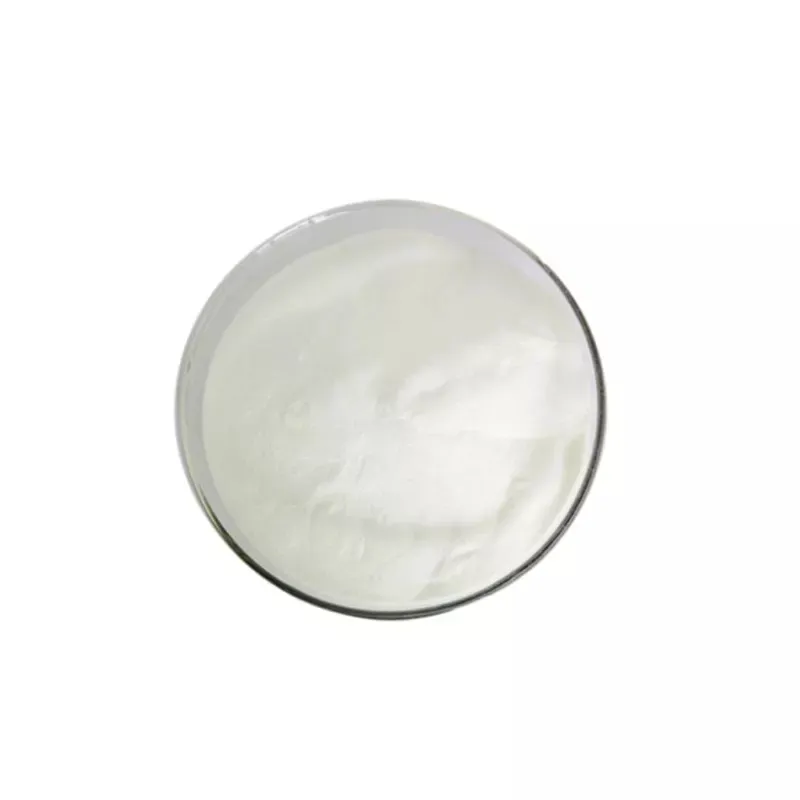

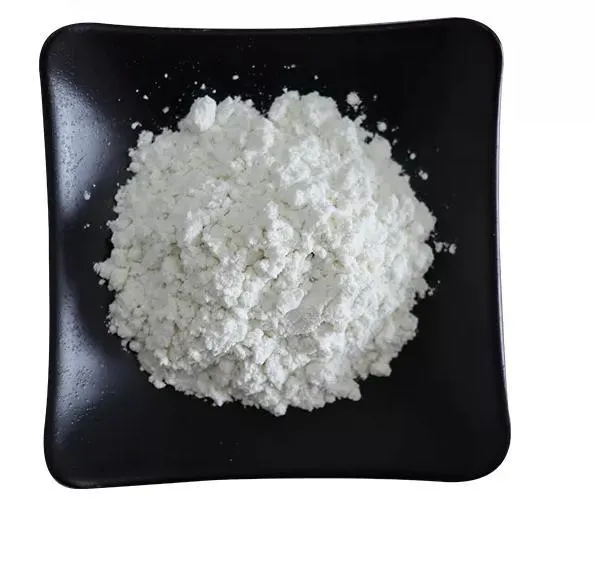
| Tūemi | Whakatakotoranga | Hua |
| Te ahua | White powder, no odor and smell | Te paura ma |
| Content (The uv method to detect) | ≥ 98.0 % | 98.52 % |
| Solubility(Solvent with water and alcohol) | Clear and no deposit | Ka tutuki |
| Arsenic salt | ≤0.0002% | Ka tutuki |
| Than the curl | 40°~ 45° | 43.8° |
| Sodium | 5.0%~6.1% | 5.6% |
| Ngaronga i te whakamaroke | 5.0% | 1.93% |
| Heavy Metal | ≤20ppm | Ka tutuki |
In nature, sodium deoxycholate, which is referred to as a "secondary bile acid", is produced in the intestine from the salts of glycocholic and taurocholic acid (see cholic acid ) by the action of bacterial enzymes. Less than half of the sodium deoxycholate is absorbed by the intestine and is returned the liver where it is conjugated and released into the gall bladder.
Sodium deoxycholate is extracted from cattle bile(also known as "bovine bile" or "ox bile") , which is a by-product of the meat processing industry, in a high temperature alkaline process.
(1) Historically sodium deoxycholate was used as an intermediate for the production of corticosteroids, which have anti-inflammatory indications.
(2) It is used in the preparation and formulation of certain microbiological diagnostic media.
(3) An emerging use of sodium deoxycholate acid is as a biological detergent to lyse cells and solubilise cellular and membrane components.
(4) Popular anionic, bile-acid detergent for many laboratory uses
(5) Effective in disrupting and dissociating many types of protein interaction
(6) Useful for elution or regeneration of certain kinds of affinity columns
(7) It is most frequently used as a component of cell lysis buffers (e.g., RIPA buffer), but also has been used for liposome preparation, isolation of membrane proteins and lipids, preventing nonspecific binding in affinity chromatography and a cell culture media supplement.

1. He wheketere koe, he kamupene hokohoko ranei?
He kamupene matou e whakauru ana i te ahumahi me te hokohoko, e whakarato ana i te ratonga kotahi-mutu. Ka taea e OEM te whakaae.
2. Kei te whakarato koe i nga tauira? He kore utu, he taapiri ranei?
Ko nga tauira kore utu.Ko te utu utauta a te tauira me utu e to taha.
3. Kei a koe etahi tiwhikete e pa ana ki te mana kounga?
ISO 9001: Tiwhikete 2008 hei whakarite i te kounga.
4. He aha te mea me whakarato e au ki te tiki korero?
Pls whakamohio mai ki a matou mo te momo hua e hiahiatia ana e koe, te rahinga ota, te wahitau me nga whakaritenga motuhake.Ka mahia te korero mo to tohutoro i te waa.
5. He aha te ahua o te tikanga utu e pai ana koe? He aha nga momo tikanga e whakaaetia ana?
Nga Tikanga Tukunga Whakaaetia: FOB,CFR,CIF,EXW;
Moni Utu Whakaaetia:USD;
Momo Utu Whakaae: T / T, Western Union; Paypal, Tauhokohoko Tauhokohoko.
Te Reo Korero:Maori.
Nga waahanga hua
